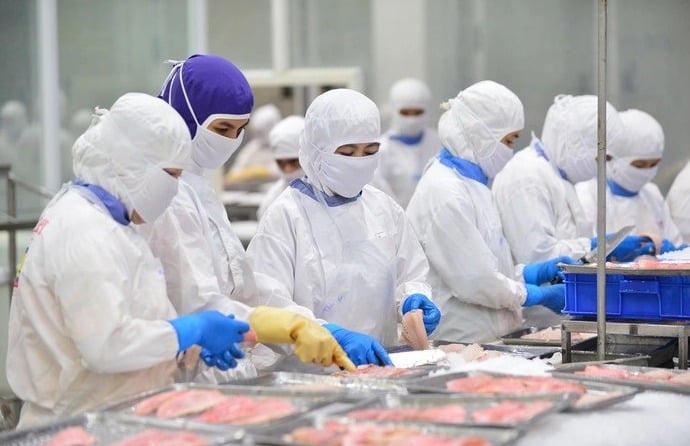
Growth slows down after the boom period
According to the Vietnam Association of Seafood Exporters and Producers (VASEP), by the end of the third quarter of 2025, the turnover seafood export reached 2.7 billion USD, up 10% over the same period last year but down compared to the first two quarters of the year.
Accumulated export value in the first 9 months reached 8.36 billion USD, up 16%, showing that the industry has maintained its growth despite being under pressure from new tax policies.
From August 2025, the US officially applied a 20% reciprocal tax, forcing many businesses to adjust their delivery plans, even temporarily delaying exports to the US to avoid losses.
In terms of product structure, shrimp continued to lead with 3.4 billion USD, up 22%, the highest level in three years. Pangasius reached 1.6 billion USD, up 9%, continuing to recover well in the CPTPP (Comprehensive and Progressive Agreement for Trans- Pacific Partnership) and Middle East markets.
Squid, octopus, shellfish, crab and lobster all grew by double digits, while tuna decreased slightly due to raw material shortages and supply chain impacts from the Middle East conflict.
According to VASEP, China and Hong Kong remained the largest import region with 1.8 billion USD, up 34%. The US reached 1.4 billion USD, up 8.4% but started to slow down in the third quarter of this year.
Japan reached 1.3 billion USD, up 17%, EU reached 884 million USD, up 3%, while Korea, ASEAN and the Middle East continued to grow by double digits.
Barriers from taxes, yellow cards and logistics costs
According to many seafood exporting enterprises, the new reciprocal tax policy from the US, along with stricter regulations on traceability and marine mammal protection (MMPA), are becoming a major "bottleneck" for Vietnam's seafood exports in the fourth quarter of 2025 and 2026. In addition, the EU's IUU yellow card has not yet been removed, making it difficult for exploited seafood products to access high-end markets.
"Exchange rate fluctuations, costs logistics "The price of rice is increasing again and fierce competition from countries like India, Ecuador, and Indonesia continues to erode the profits of Vietnamese enterprises" - VASEP informed.
Despite facing many difficulties, VASEP believes there are still bright spots. The EU has moved to loosen technical barriers to Vietnamese aquaculture, paving the way for shrimp and pangasius to grow.
The expanded CPTPP agreement with the UK's accession helps diversify markets and promote exports of high-value processed products.
Meanwhile, China continues to maintain a large demand for fresh, high-end products serving the HORECA system (hotels, restaurants, catering services), especially at the end of the year.
VASEP believes that exports are likely to continue to decline in the first months of next year due to the effects of taxes and new regulations. However, from the second quarter of 2026 onwards, the recovery rate will depend on the ability to remove tax barriers, IUU, promote deep processing and diversify markets.
Source: https://baoquangninh.vn/lo-xuat-khau-thuy-san-chung-lai-cuoi-nam-3384231.html


![[Photo] Unique architecture of the deepest metro station in France](https://vphoto.vietnam.vn/thumb/1200x675/vietnam/resource/IMAGE/2025/11/14/1763107592365_ga-sau-nhat-nuoc-phap-duy-1-6403-jpg.webp)
![[Photo] Special class in Tra Linh](https://vphoto.vietnam.vn/thumb/1200x675/vietnam/resource/IMAGE/2025/11/14/1763078485441_ndo_br_lop-hoc-7-jpg.webp)
![[Photo] Unique art of painting Tuong masks](https://vphoto.vietnam.vn/thumb/1200x675/vietnam/resource/IMAGE/2025/11/14/1763094089301_ndo_br_1-jpg.webp)



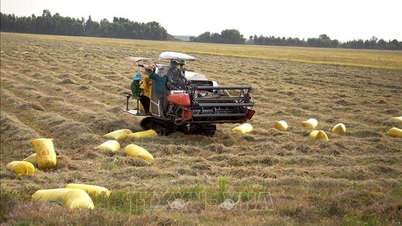

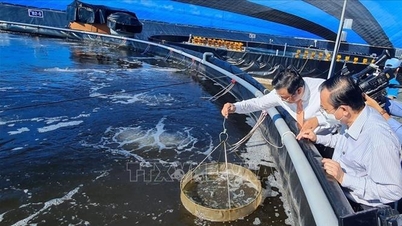


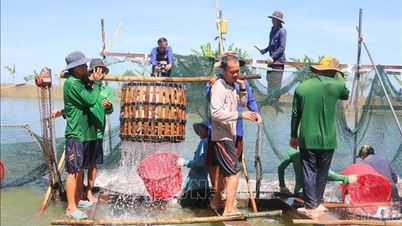
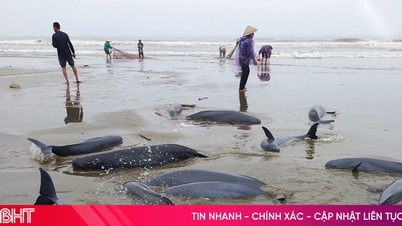


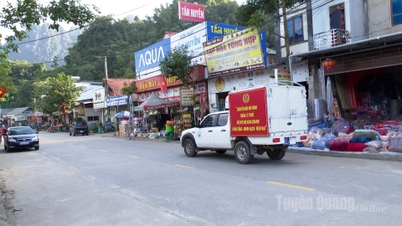



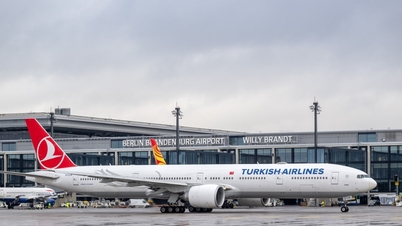












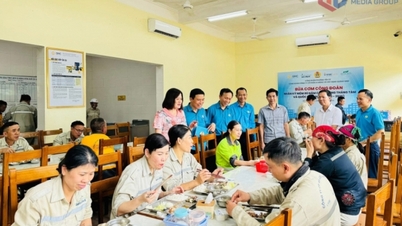

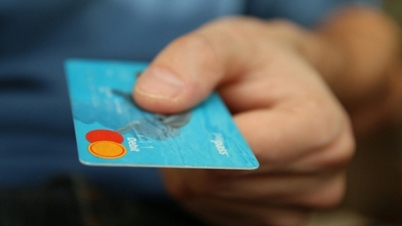

![[Photo] Deep sea sand deposits, ancient wooden ship An Bang faces the risk of being buried again](https://vphoto.vietnam.vn/thumb/1200x675/vietnam/resource/IMAGE/2025/11/13/1763033175715_ndo_br_thuyen-1-jpg.webp)





































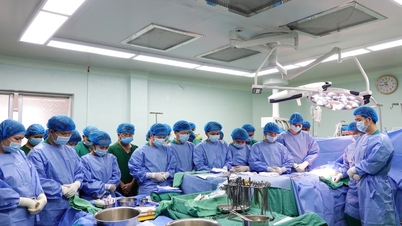

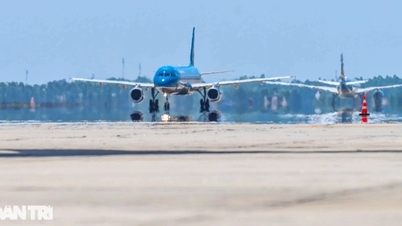


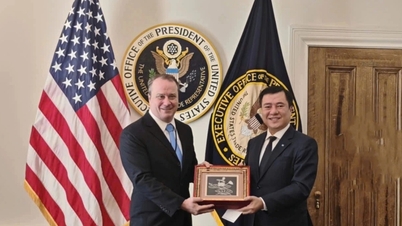





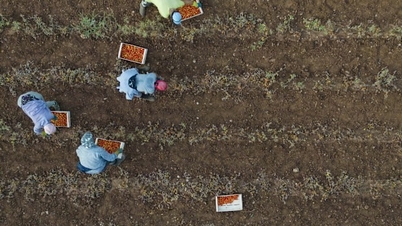









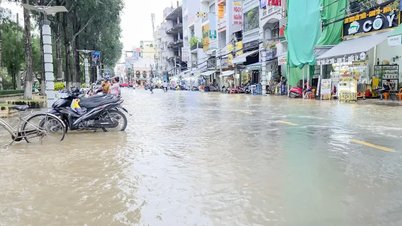



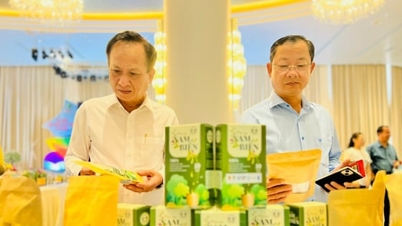




![Dong Nai OCOP transition: [Article 3] Linking tourism with OCOP product consumption](https://vphoto.vietnam.vn/thumb/402x226/vietnam/resource/IMAGE/2025/11/10/1762739199309_1324-2740-7_n-162543_981.jpeg)





Comment (0)